Europe's Path to Defense Independence: Advanced Technologies That Can Compete with U.S. Alternatives
Introduction
Today, I came across an article that really made me pause and think: French President Emmanuel Macron urging his European Union colleagues to stop buying American-made defense systems and instead prioritize European alternatives. It got me wondering: what could this mean for Europe, and more importantly, for the world stage? Would this shift to "Buy European" really change the dynamics of global defense procurement? Can Europe’s homegrown technologies truly compete with the well-established U.S. defense systems?
As I read through the news and did my own research, it became clear that Macron's vision of a more self-reliant Europe in terms of defense isn’t just a political stance—it’s part of a broader strategy to reduce dependency on the United States, strengthen internal industries, and foster European unity in military matters. But does Europe have the technological edge to make this a reality? It turns out, Europe has a wealth of advanced technologies that can rival, and in some cases, surpass U.S. alternatives. Here’s a look at some of the cutting-edge technologies Europe offers, and what they could mean for the future of global defense.
1. Air Defense Systems
Europe has developed several high-tech air defense systems capable of rivaling the American Patriot.
- SAMP/T (Mamba): This Franco-Italian missile defense system, developed by MBDA and Thales, provides a formidable alternative to the U.S. Patriot system.
- IRIS-T SLM: Another advanced air defense system from Germany’s Diehl Defence, offering Europe another competitive edge in missile defense.
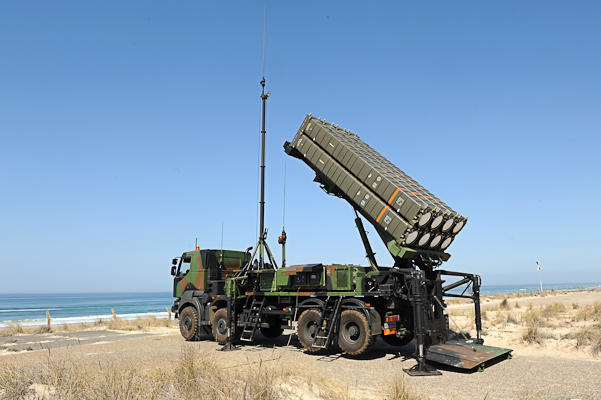 |
| SAMP/T (Mamba) |
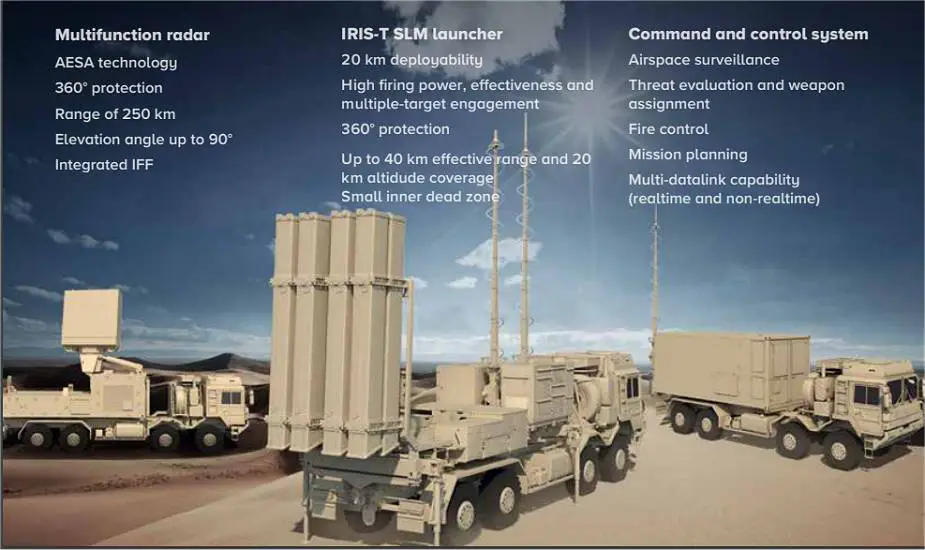 |
| IRIS-T SLM |
2. Fighter Jets & Aviation
Europe has several homegrown fighter jets that can challenge the U.S. F-35.
- Dassault Rafale: A versatile French multirole fighter jet that’s been highly regarded in combat and is a strong competitor to the F-35.
- Eurofighter Typhoon: Developed by the UK, Germany, Italy, and Spain, the Eurofighter Typhoon is another next-generation fighter jet that offers European countries an alternative to American aircraft.
- Future Combat Air System (FCAS): This joint Franco-German-Spanish project aims to develop a new-generation European fighter jet, which could rival the F-35 by 2040.
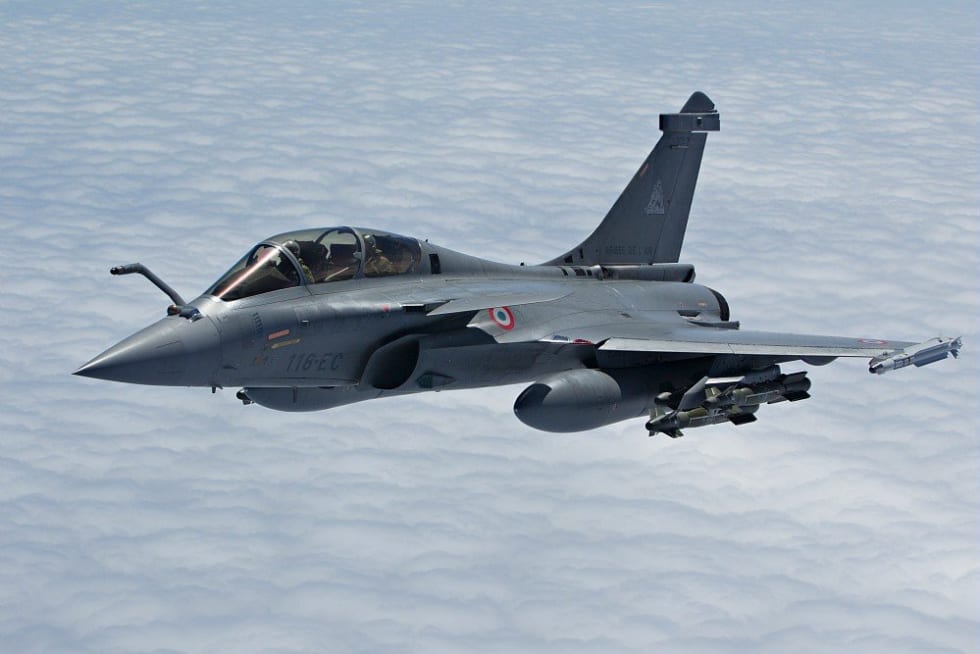 |
| Dassault Rafale |
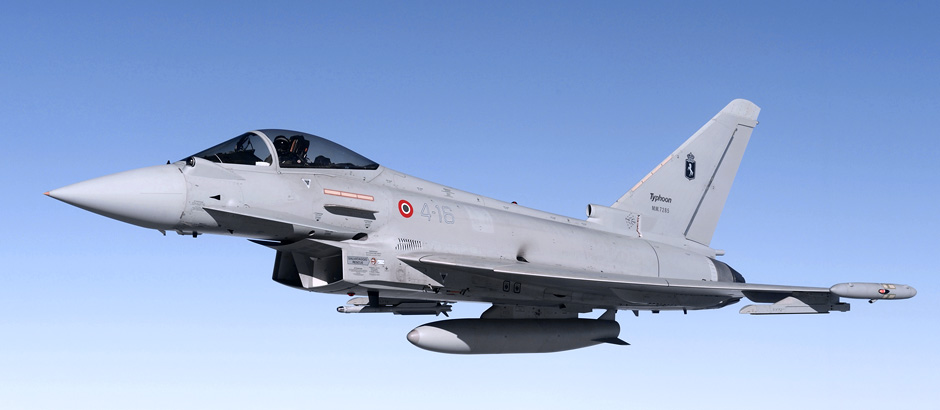 |
| AIR2030: Eurofighter et du Typhoon |
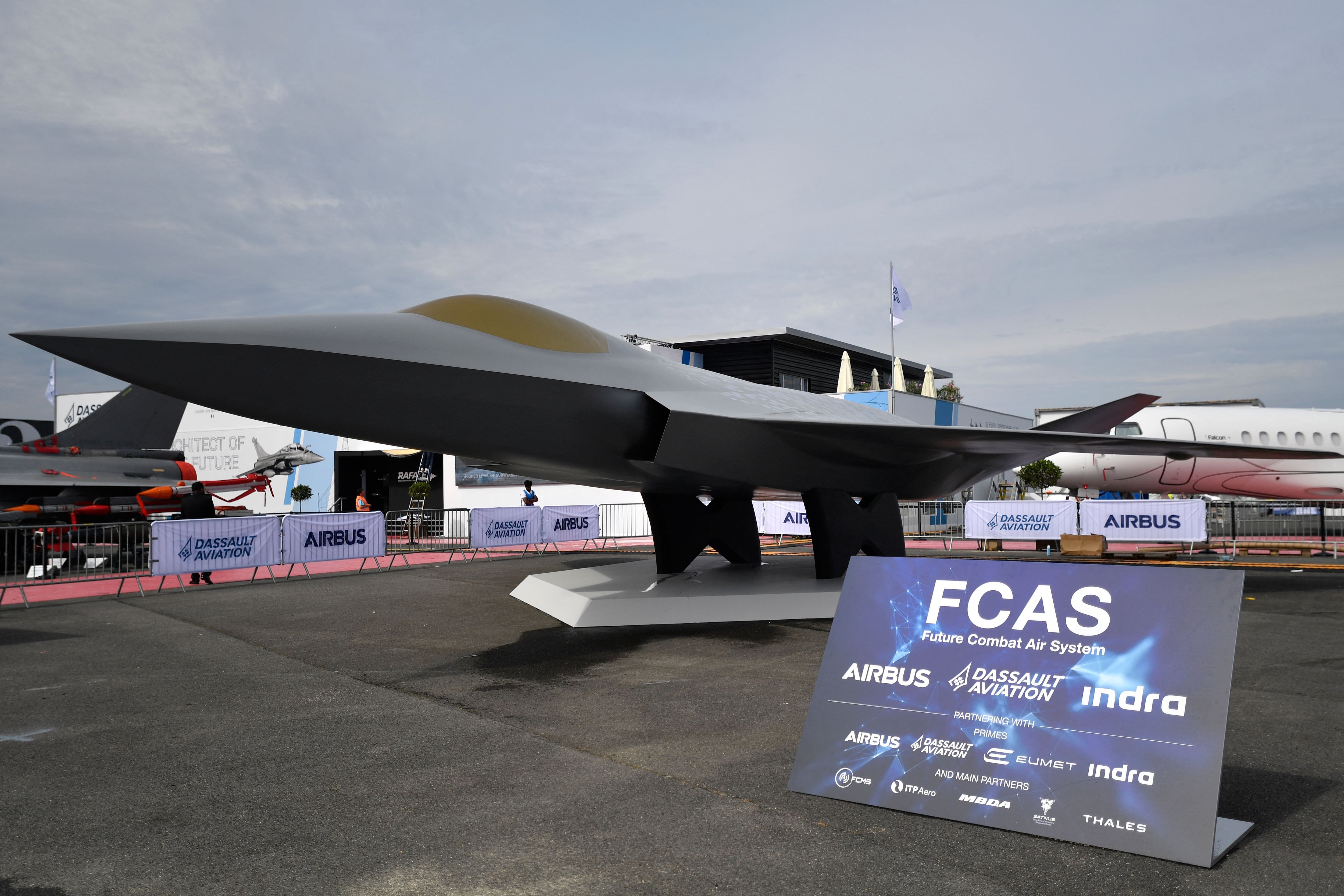 |
| Future Combat Air System (FCAS) |
3. Tanks & Armored Vehicles
Europe also leads in developing advanced tanks and armored vehicles.
- Leopard 2: Produced by Germany, this tank is widely regarded as one of the best in the world, used by several European countries.
- Main Ground Combat System (MGCS): A collaborative tank project between France and Germany, the MGCS is set to replace the Leopard 2 and Leclerc tanks in the future.
 |
| Leopard 2 |
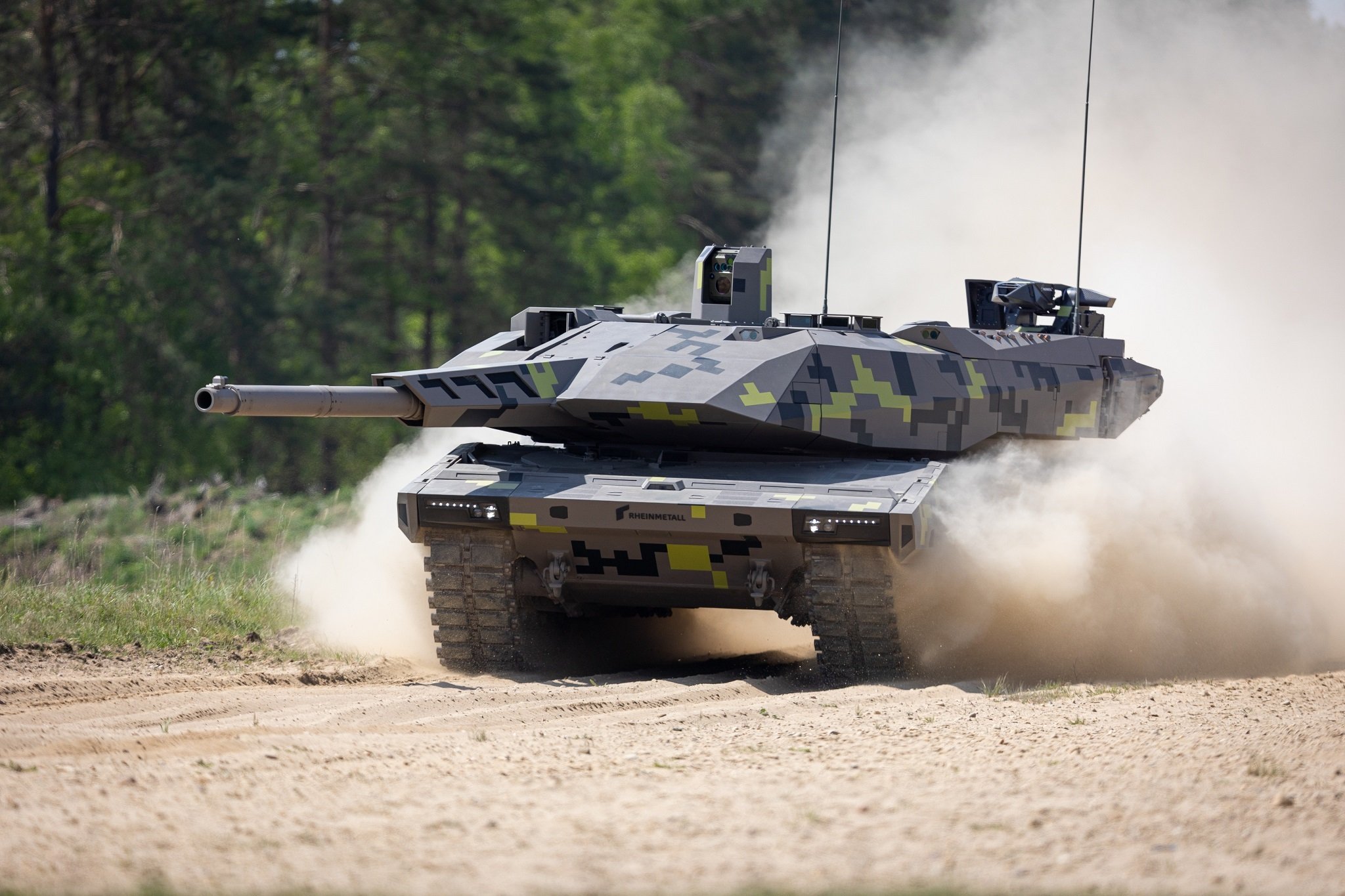 |
| Main Ground Combat System (MGCS) |
4. Naval Technology
When it comes to naval defense, Europe is also making waves.
- FREMM Frigates: These advanced warships, a Franco-Italian collaboration, are powerful and highly capable naval platforms.
- Type 212 Submarine: A German-Italian submarine with advanced stealth technology that is a strong alternative to U.S. naval vessels.
 |
| FREMM Frigates |
 |
| Type 212 Submarine |
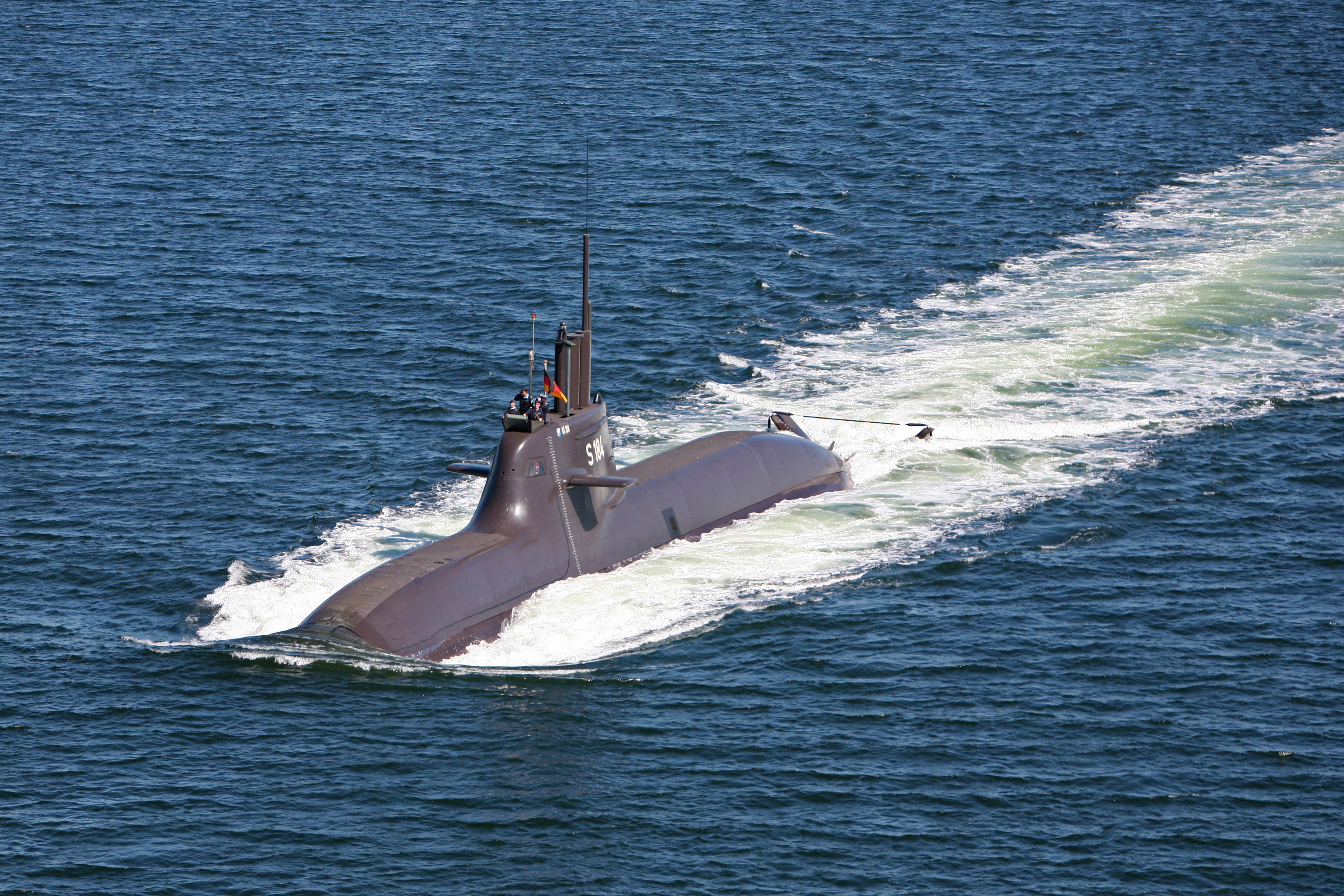 |
| Type 212 Submarine |
5. Space & Cybersecurity
Europe is making significant strides in both space defense and cybersecurity to reduce reliance on U.S. technology.
- Galileo Satellite System: Europe’s own GPS system, which provides an independent alternative to the U.S.-operated GPS network.
- EU Cybersecurity Initiatives: Several projects aimed at fortifying Europe’s cybersecurity, ensuring greater autonomy from U.S. and Chinese technology.
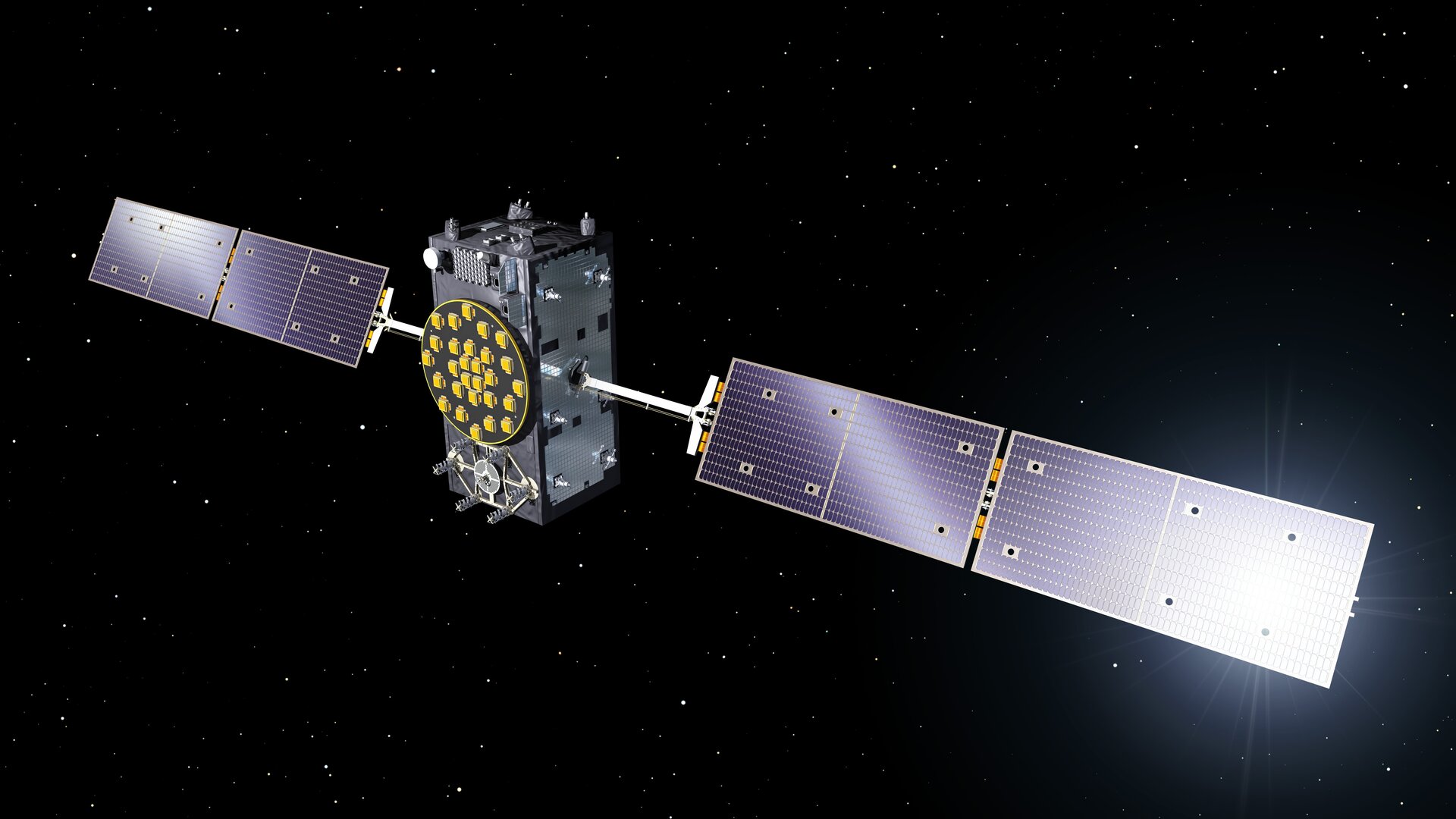 |
| Galileo Satellite System |
6. Defense Industry & Manufacturing
Europe is home to several major defense contractors that contribute to its self-sufficiency.
- Airbus Defence and Space: This European giant produces military aircraft, satellites, and cybersecurity solutions for defense.
- MBDA Missile Systems: A major player in developing advanced missile systems, MBDA strengthens Europe's defense capabilities.
Strategic Autonomy
The push to "Buy European" reflects a growing desire for strategic autonomy. For decades, Europe has relied heavily on U.S. military technology and defense systems, particularly within the framework of NATO, in 2025 NATO has 32 member countries. The idea of reducing that dependency aligns with broader goals of autonomy, especially in light of changing global power dynamics. With the U.S. focusing on Asia-Pacific and shifting some of its attention away from Europe, the EU may feel the need to ensure it can defend itself without external reliance.
Challenges to European Autonomy
Despite Europe's impressive defense capabilities, achieving complete autonomy from U.S. suppliers is still a work in progress. Countries like Germany and the Netherlands often prefer U.S.-made systems, like the F-35, due to their integration within NATO’s defense structure. This divergence in procurement policies, along with varying levels of defense spending, poses a challenge to Macron’s call for a unified European defense policy.
 |
| F-35 |
Economic Benefits
Promoting European-made defense systems could stimulate local economies and support homegrown industries. It could also create jobs and encourage technological innovation within the EU defense sector. Countries like France, Germany, and Italy have strong defense industries, and a "Buy European" approach would help solidify their market position, both within Europe and on the global stage.
Technological Capability
Political and Geopolitical Implications
Politically, this move could signal a shift toward greater European unity in defense matters. However, it may also create tensions within the EU, as some countries, particularly those with close ties to the U.S. or NATO, may be reluctant to embrace this shift. Geopolitically, it’s a bold step that could reshape Europe’s position in global defense markets and its relationships with allies, especially the U.S.
Challenges to Implementation
There are practical and logistical hurdles to overcome. Some European countries are heavily invested in U.S. defense technologies, and transitioning to European alternatives would require significant investment, both financially and in terms of infrastructure. Additionally, there are long-standing partnerships and interoperability considerations that need to be addressed within NATO and the broader international defense community.
Long-Term Vision
In the long run, if Europe successfully diversifies its defense procurement and strengthens its technological capabilities, it could make the EU a more independent and resilient player on the global stage. It’s also possible that this move could pave the way for more international cooperation within Europe, as countries would need to collaborate more closely to compete with the U.S. and other powers.
What People Take Away from This News
By examining this issue, readers will gain several key insights:
- Macron's Vision for European Autonomy - They will understand that Macron’s push is part of a larger strategy to reduce Europe’s dependence on external suppliers, particularly the U.S. It also highlights how his stance is aimed at fostering European unity in defense matters.
- European Defense Technologies - The article introduces the advanced European-made defense systems, like the SAMP/T missile defense system and the Dassault Rafale fighter jet, that stand strong in comparison to their U.S. counterparts. These technologies show that Europe has a robust defense industry capable of competing on the global stage.
- Economic and Geopolitical Implications - The news sheds light on the potential economic and geopolitical consequences of Macron’s push. It suggests that prioritizing European-made defense systems could boost the EU's internal industries, create jobs, and reduce dependency on non-European suppliers. The shift could also increase Europe’s geopolitical standing as a more self-reliant actor on the global stage.
- Challenges and Resistance - People will also learn about the resistance within the EU to fully embrace the "Buy European" policy, with countries like Germany preferring to maintain strong ties with NATO and the U.S. This resistance points to the complex dynamics between EU member states and their varied defense preferences.
- Long-Term European Defense Goals - Lastly, the article presents a look at the long-term ambitions of the EU. Macron’s vision is not only about immediate defense procurement but also about creating a stronger, more integrated European defense force in the future. If successful, these efforts could significantly reduce the EU's dependence on external suppliers and make it more autonomous in defense and security matters.
Conclusion
While Europe is making strides in advancing its defense technologies, full independence from U.S. suppliers will require deeper integration, stronger coordination, and increased investment in defense. The European Union’s path to self-reliance in defense may be challenging, but with its wealth of advanced technologies, Europe is well-positioned to compete on the global stage.



